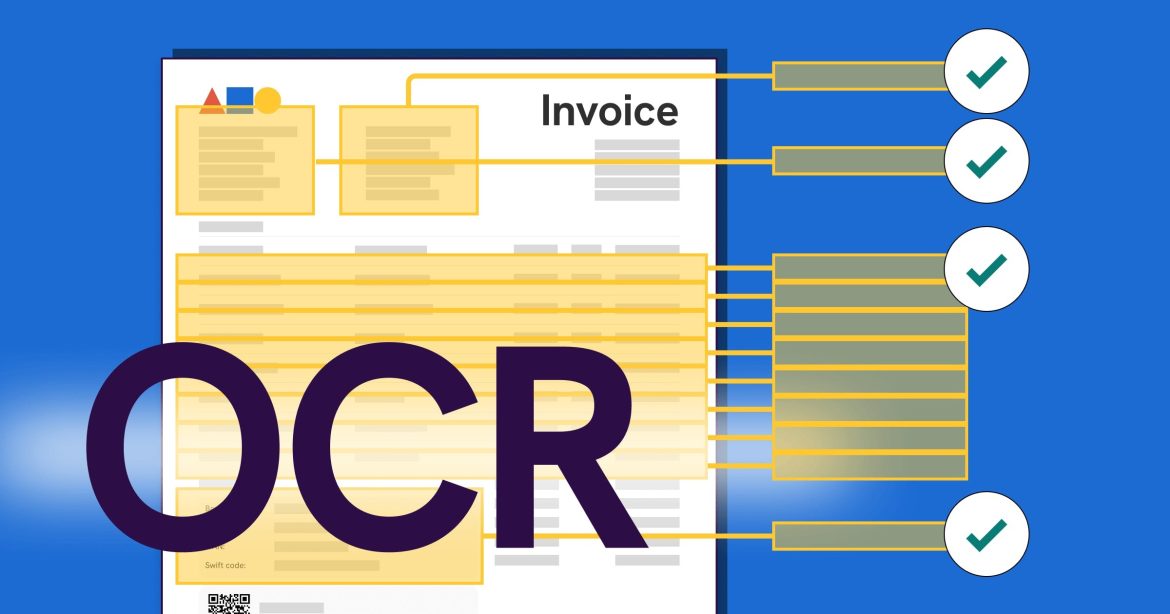While Optical Character Recognition (OCR) technology has advanced significantly, it’s not immune to errors. OCR errors can occur due to various reasons, including poor image quality, complex fonts, or handwriting. In this article, we will explore strategies for effectively handling OCR errors and minimizing mistakes in your OCR processes.
Improve Image Quality
One of the primary causes of OCR errors is low-quality images. To mitigate this, implement image pre-processing techniques such as deskewing, despeckling, and contrast enhancement. These techniques can help improve image quality, making it easier for OCR software to accurately recognize characters.
Choose the Right OCR Engine
Selecting the appropriate OCR engine can make a substantial difference in error rates. Different OCR engines excel in various areas, such as text recognition, handwriting recognition, or multilingual support. Evaluate and choose an OCR engine that aligns with your specific requirements to minimize errors.
Train OCR Models
OCR engines can be fine-tuned or trained to perform better on specific fonts, languages, or document types. Consider training your OCR models using a dataset that matches the characteristics of the documents you will be processing. This can significantly improve accuracy, especially for specialized content.
Implement Confidence Thresholds
Many OCR engines provide confidence scores for each recognized character. Implementing a confidence threshold allows you to filter out low-confidence results automatically. By setting an appropriate threshold, you can reduce the likelihood of false positives and improve accuracy.
Use Post-Processing Algorithms
After OCR recognition, consider applying post-processing algorithms to further refine the extracted text. Techniques like spell-checking, grammar checking, and text validation can help correct errors and improve the overall quality of the recognized text.
Implement Error Reporting
Incorporate error reporting mechanisms within your OCR application. Encourage users to report OCR errors they encounter. Collecting user feedback can help identify patterns and common issues, allowing you to fine-tune your OCR processes accordingly.
Contextual Analysis
For documents with complex layouts or multiple languages, consider implementing contextual analysis. This involves analyzing the context in which the text appears to improve recognition accuracy. Contextual analysis can be particularly useful for documents with tables, headers, or footers.
Leverage Machine Learning
Machine learning techniques, such as neural networks, can be employed to enhance OCR accuracy. These models can adapt and learn from data, improving recognition accuracy over time. Consider integrating machine learning-based OCR solutions into your workflow for continuous improvement.
Regularly Update OCR Software
OCR technology is continually evolving. Ensure that you keep your OCR software and engines up to date with the latest updates and improvements. These updates often include bug fixes and enhancements that can lead to better accuracy.
Validate Results
Implement validation steps in your OCR workflow to verify the accuracy of recognized text. This can involve comparing OCR results against known reference data or using human verification when high accuracy is critical.
Conclusion
Handling OCR errors effectively is essential for achieving accurate and reliable results in document processing. By following these strategies, you can minimize OCR mistakes and enhance the overall quality of your OCR processes. Stay tuned for our next article, “Enhancing OCR Performance with Pre-Processing Image Techniques,” where we’ll delve into techniques to improve OCR accuracy through image preprocessing.

